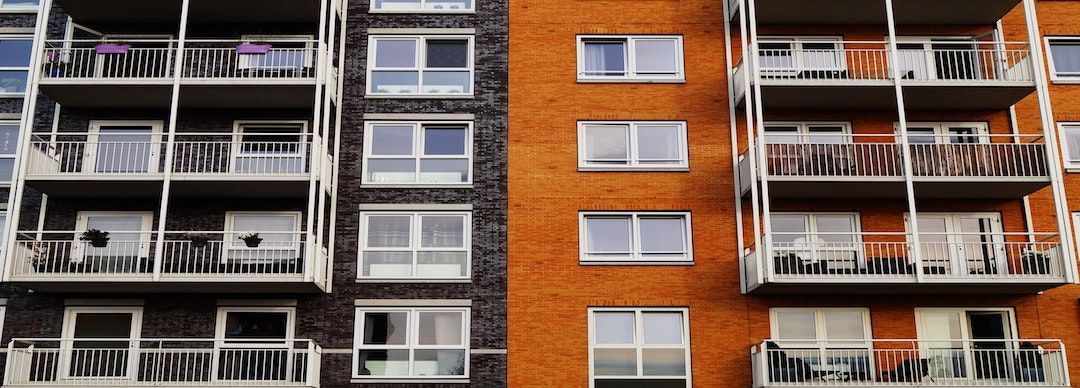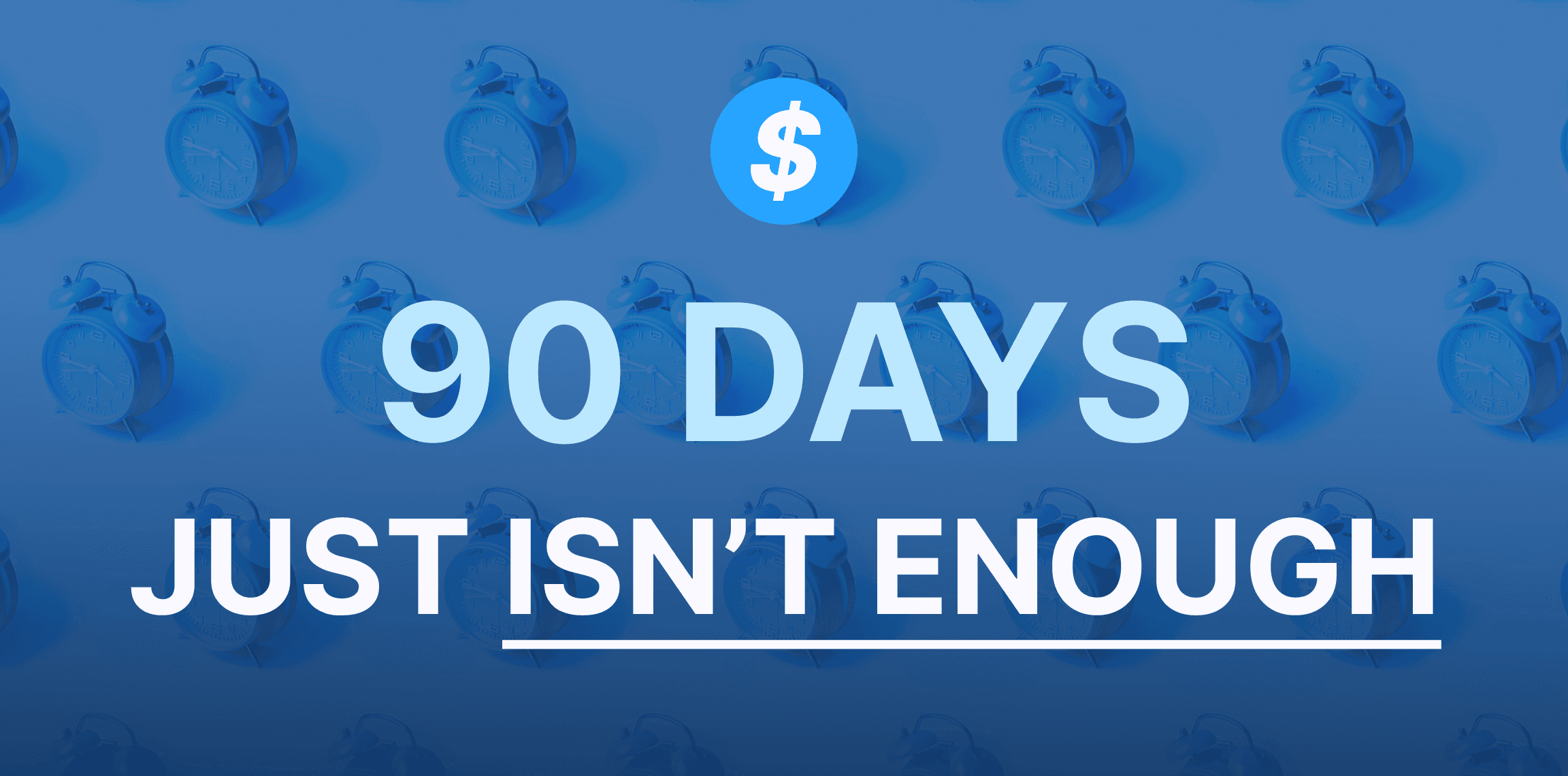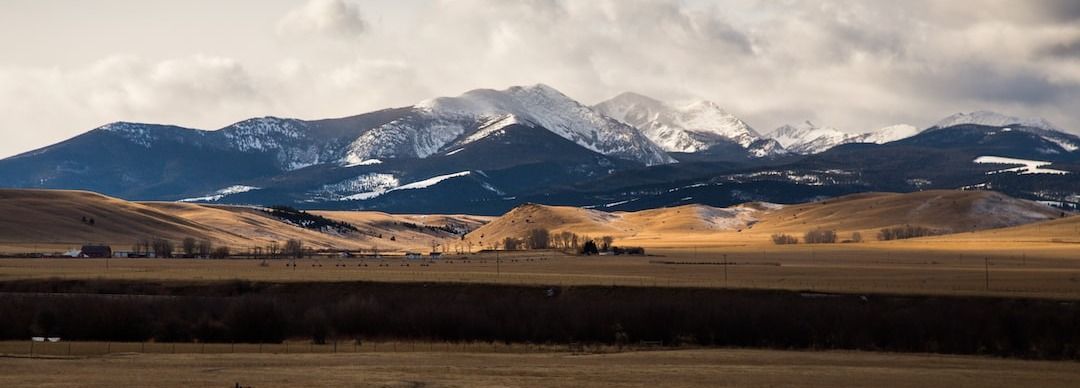Think you can complete your BEAD application in 90 days? Think again.
January 18, 2024
If you're waiting for your state's application, you'll be too late.

A coalition of more than 100 schools, libraries, housing groups and the Kansas Office of Broadband Development asked the Federal Communications Commission's Chairwoman Jessica Rosenworcel on Tuesday to pause the challenge process for its broadband map and re-think the way it accounts for multi-dwelling units such as apartment buildings and community anchor institutions.
“We hope the FCC will do this on its own, but we're garnering support from the Senate side,” said Scott Quinn, Education Superhighway's director of government affairs and policy in an interview.
The coalition's communication was spearheaded by the national non-profit Education SuperHighway and the Schools, Health & Libraries Broadband (SHLB) Coalition.
Currently, the FCC's broadband map may only count one broadband serviceable location for a multi-dwelling unit (MDU) when there may be hundreds of families living in an apartment building. Both the FCC and the National Telecommunications and Information Administration (NTIA) have asked the public and states to fact-check its map by submitting challenges. The deadline for the challenges is January 13th.
The Infrastructure Investment and Jobs Act's Broadband Equity Access and Deployment (BEAD) grant funding is allocated based on the number of unserved and underserved broadband serviceable locations each state has as a proportion of the rest of the country's locations. So millions of dollars that are meant to go towards closing the digital divide are at stake.
The FCC's map is composed of self-reported data from ISPs. The coalition says that it's unfair to place the burden of proving ISP's claims wrong on low-income families living in apartment buildings.
“It is naive and unfair to assume that millions of unserved households located in high-poverty areas will be able to mount a successful broadband availability challenge, especially in the limited amount of time that the FCC has allotted to submit challenges that can be taken into consideration by NTIA in the BEAD and [Digital Equity] allocation process,” wrote Evan Marwell, Education SuperHighway's founder and CEO and John Windhausen, the SHLB coalition's CEO.
The leaders also worried about the FCC map's lack of accounting of broadband serviceable locations to community anchor institutions – especially to smaller schools, libraries and hospitals that don't subscribe to “enterprise” broadband services.
The coalition pointed out that the map's approach conflicts with one of the conclusions of its' own reports and orders issued in January 2021.
It also pointed out that the FCC map's current approach doesn't square with the IIJA's instruction that anchor institutions that don't subscribe to gigabit broadband networks should be considered “unserved” and thus eligible for BEAD grants.
The coalition wants the FCC to assume that all MDUs are unconnected, and to make service providers submit challenges that include an accurate unit count, highest available speeds available to those units, unit-by-unit connectivity status, and and an accounting for the “total actual capacity currently provisioned to the building accounting for both infrastructure type and premise equipment and hardware, and artifacts proving that ALL units within a building have the infrastructure necessary to simultaneously qualify as connected (100/20Mbps) or under-connected (25/3Mbps), as defined by the IIJA.”
The coalition also wants the FCC's map to automatically designate by default anchor
institutions as broadband serviceable locations unless an ISP can show otherwise. And it wants the FCC to ensures that its focuses on MDUs wth high proportions of unserved housholds and those with household incomes that are at or below 150 percent of the poverty line, as specified in the NTIA's BEAD Notice of Funding Opportunity.
The coalition noted in its letter that up to a quarter of unconnected households in the United States live in public and multi-family housing, and these are often constitute the lowest income families.
Ready.net/Broadband.money's subscribers can use our mapping data to map secondary addresses found at MDUs and anchor institutions. This data can be use to challenge the FCC's map, which the FCC calls “fabric.”

January 18, 2024
If you're waiting for your state's application, you'll be too late.

January 09, 2024
The big sky state joins a small list of eligible entities that have kicked off their broadband challenge process.